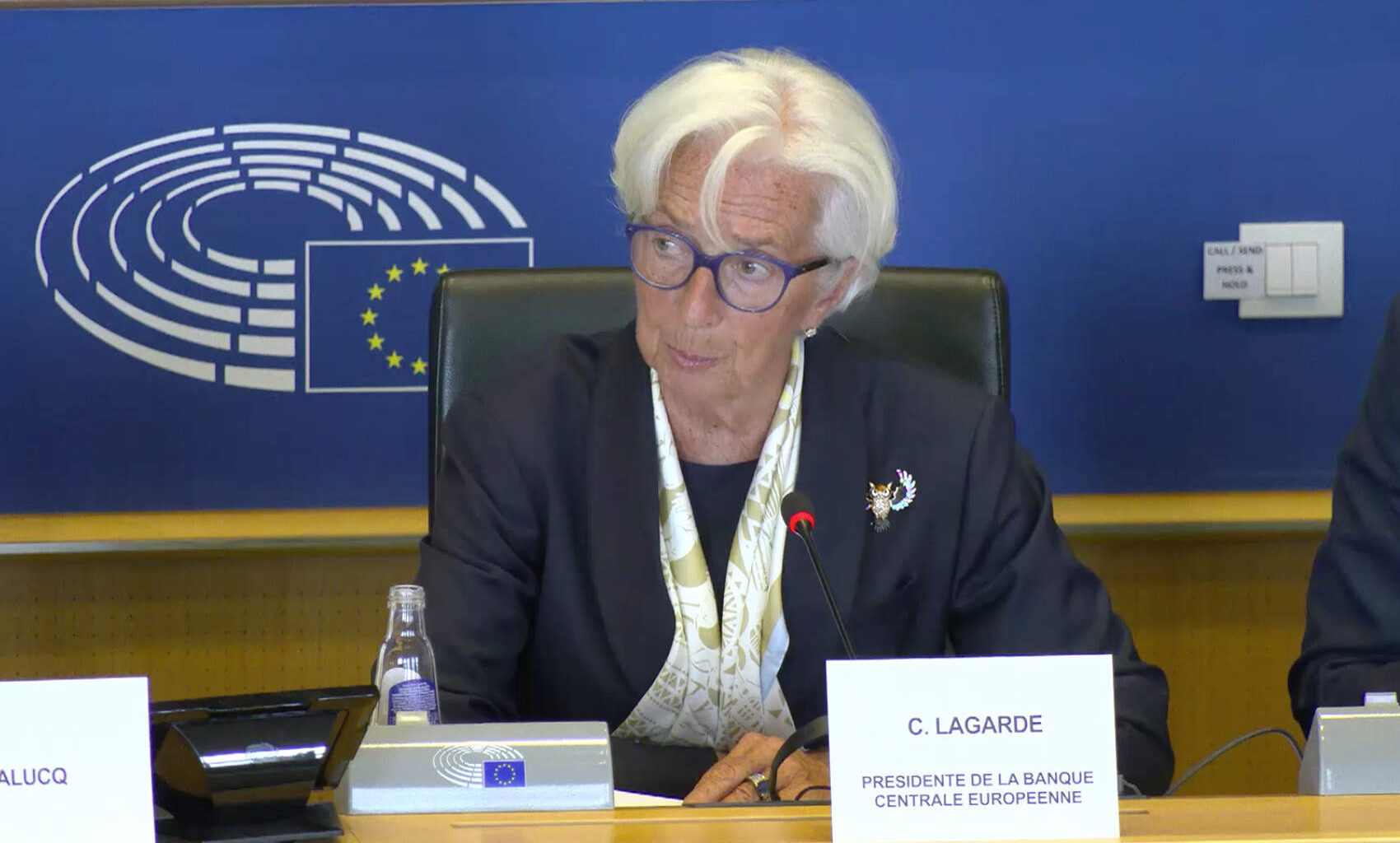European Central Bank President Christine Lagarde urged the European parliament to move quickly to provide legislation for the digital euro. She reiterated concerns about monetary sovereignty given the Trump executive order on stablecoins, providing this as context for the need for speed.
When discussing the benefits of the central bank digital currency (CBDC), she promoted the top three as: a free of charge digital payment service, the availability of a digital service in every EU country and the potential to make digital payments offline.
Before last year’s European election, the approval of digital euro legislation seemed inevitable, but the political landscape has changed. The MEP who acted as rapporteur (coordinator) for the legislation stepped aside because his heart wasn’t in it.
The urgency
Lagarde’s language to MEPs was notably urgent. She requested that “this debate however passionate – however likely to raise concern or fears – move fast, because we will all bear a responsibility in the face of historical development if this project is not at least put for debate in front of you in short order.”
Her comments came against the backdrop of rapid US stablecoin deployment. Lagarde assessed the American embrace of digital currency and the speed of Congressional action, combined with the March presidential executive order. “I think to myself that there is a very strong political motivation to moving ahead as fast as possible, decisively. Not just in the United States but on a much broader basis, for reasons that have to do with the sovereignty; for reasons that have to do with the dissemination of sovereign debt as well.”
Stability concerns and implementation costs
Lagarde reiterated concerns about deposits flowing from banks into stablecoins, potentially compromising financial stability and monetary policy. However, we observe that the EU’s MiCA crypto regulations includes some safeguards against foreign stablecoins. That’s perhaps why she acknowledged that MiCAR was the first line of defense against any US stablecoin onslaught, with the digital euro as the second.
When asked why citizens would accept exchange rate risk by switching to dollar stablecoins, she suggested the appeal of higher US interest rates. That said, MiCAR bans interest offers on stablecoins by European crypto asset service providers, though crypto-savvy users might circumvent this through DeFi or offshore platforms.
MEPs also questioned implementation costs. A PwC report this month estimated digital euro costs to European banks at €18 billion, noting capacity constraints that could impede other innovations. Lagarde said she couldn’t comment on specific estimates due to insufficient methodology transparency, stating “I understand it can be used as a threat and something that is of great concern but I don’t think this is to be reconciled with the cost that we assess.”
We observe that even the supportive Italian Banking Association predicted €880 million in costs for Italian banks alone. Some expenses relate to the complex design features being proposed.
Despite the pushback highlighted here, there is certainly some legislative support for the CBDC. But there are far more questions from center leaning legislators compared to the discussions before the June 2024 elections.
